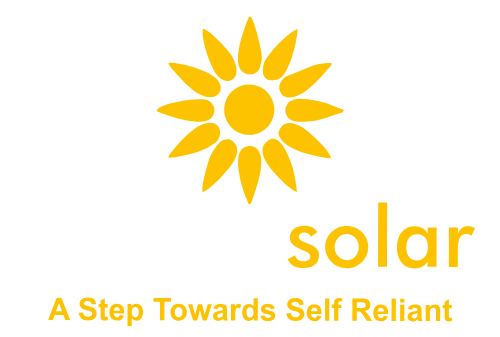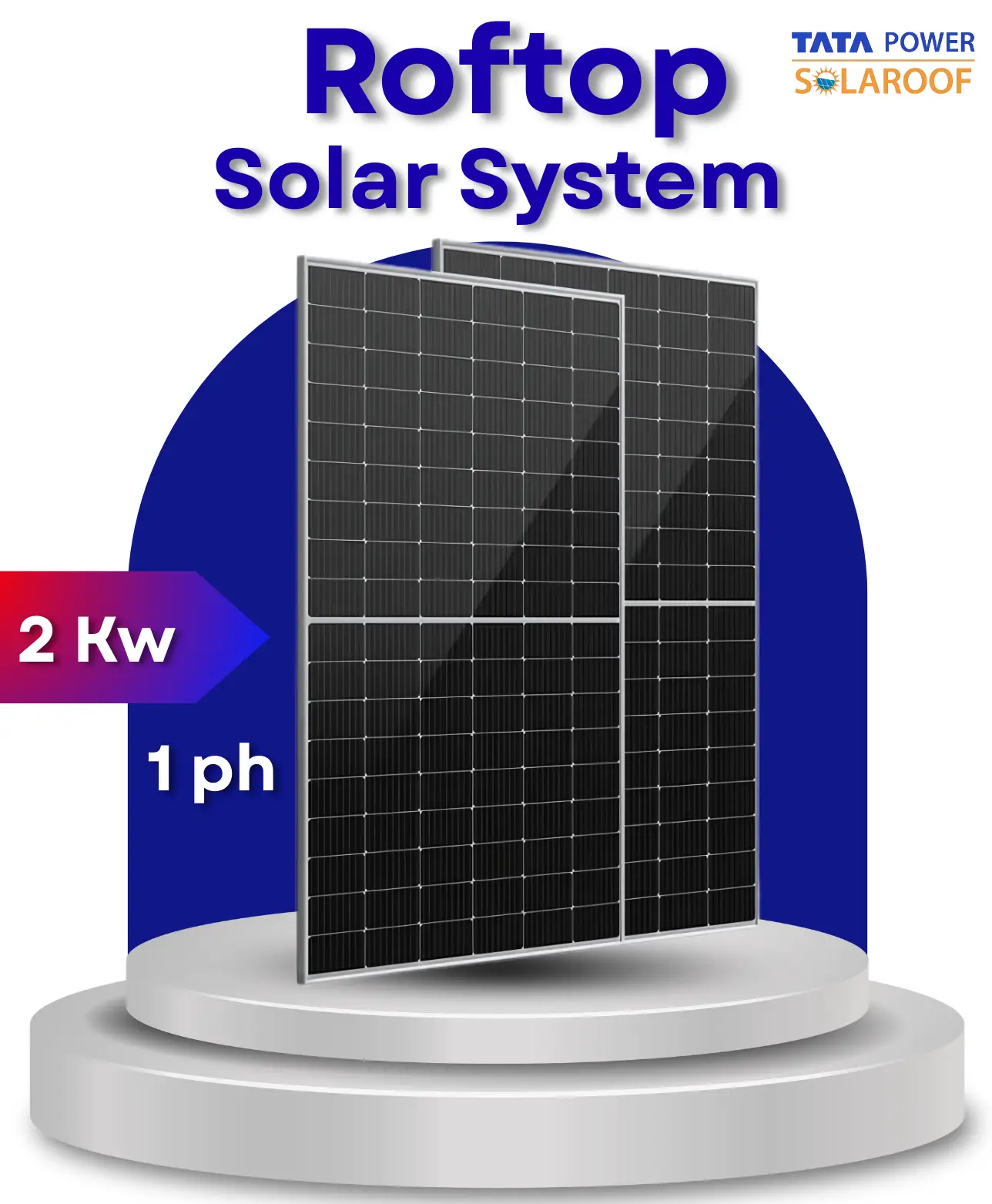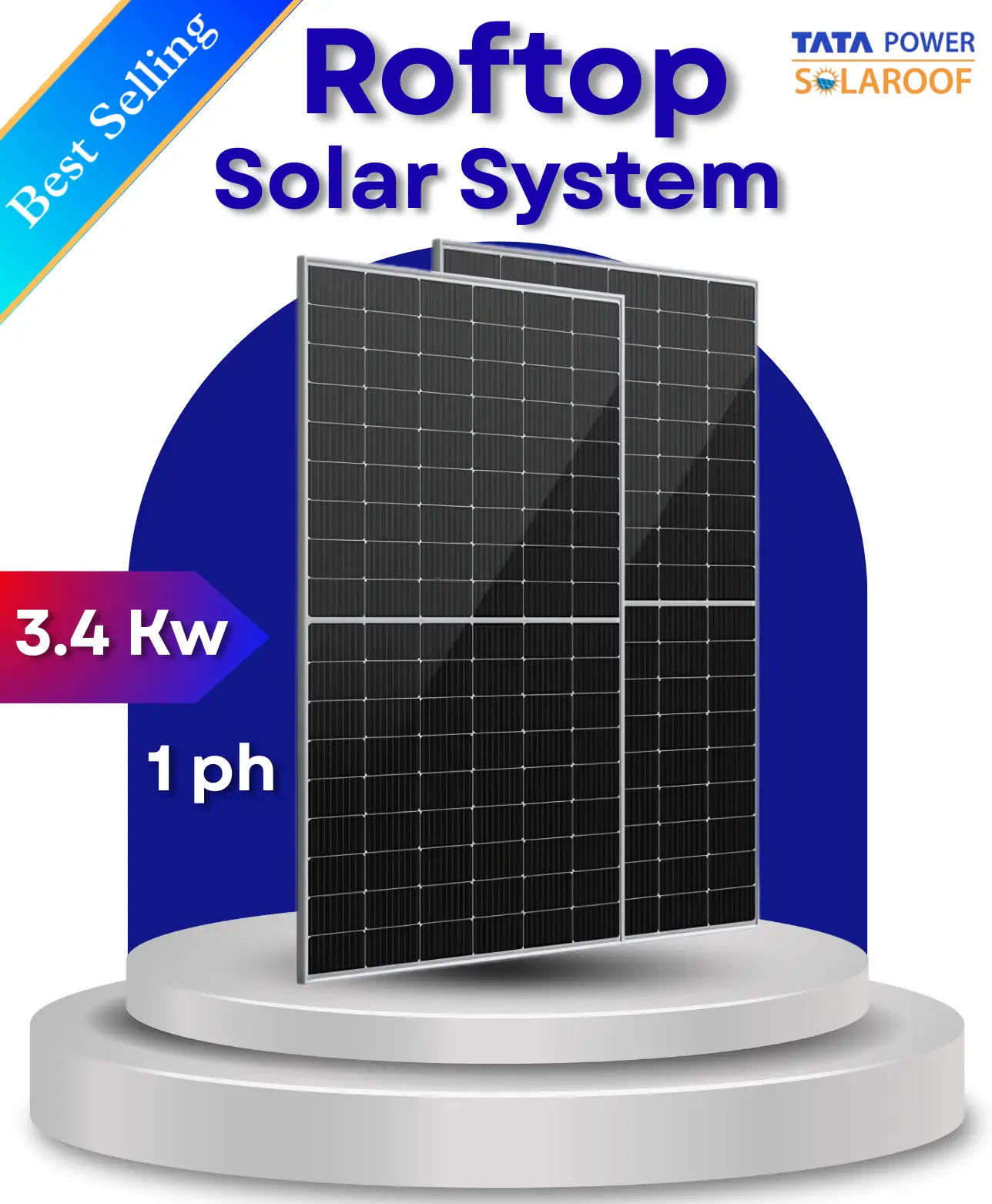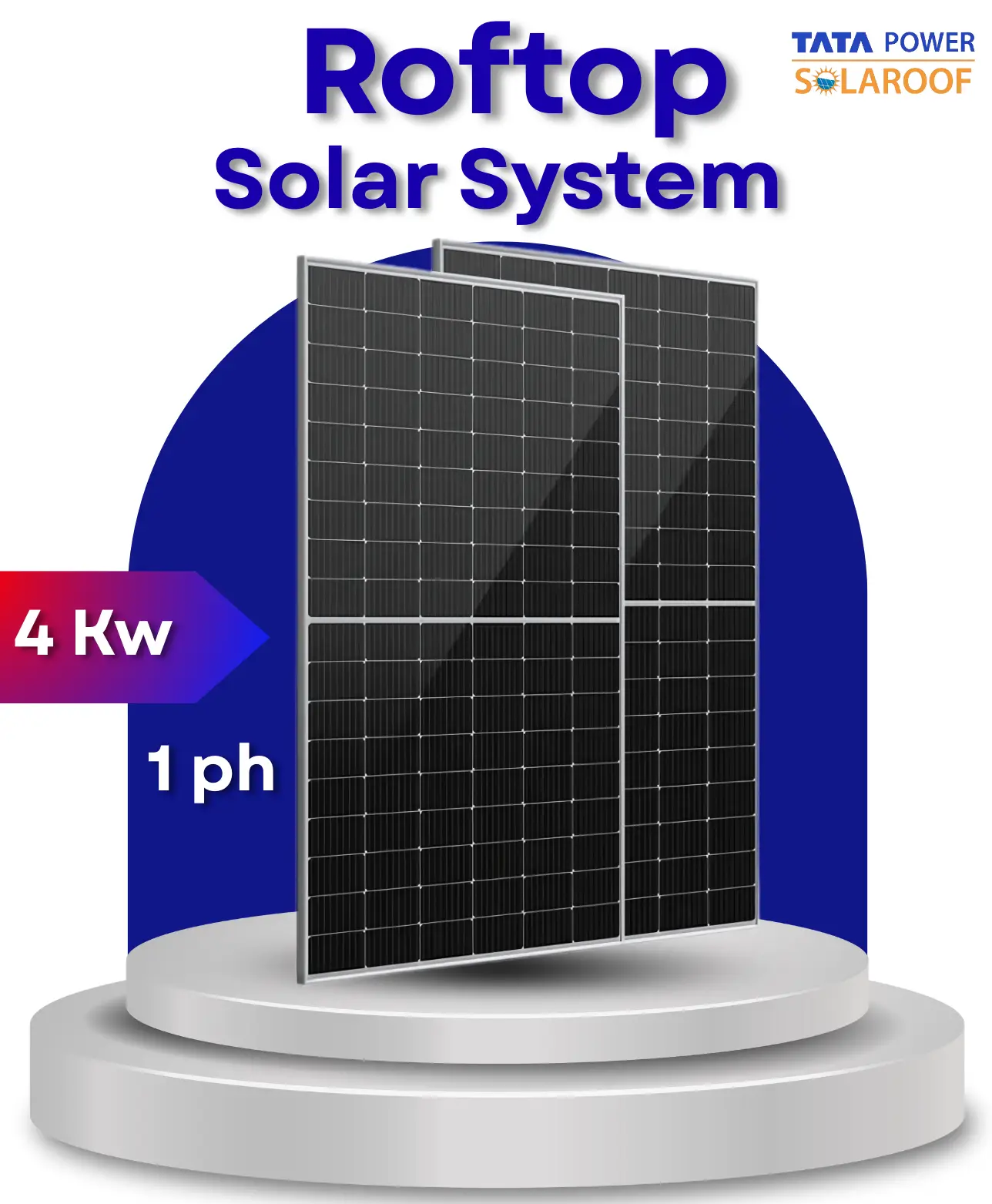
An intelligent and effective solar energy system that links straight to the main electrical grid is known as an on-grid solar system, or grid-tied solar power system. It makes it possible for residences, workplaces, and businesses to harness solar energy to create electricity for daily needs. Through a process known as net metering, any excess power produced during sunny hours is automatically returned to the grid. Credits for this exported power are then given to consumers, lowering their monthly electricity costs.
This kind of device works best in areas with a steady supply of electricity. Energy is not stored for later use because it runs on batteries. Rather, it functions in tandem with the nearby electrical grid, guaranteeing seamless functioning and financial savings for consumers. Because of its low cost and low maintenance needs, this system has gained popularity for installs in both homes and businesses.
The Operation of an On-Grid Solar Power System
How an On-Grid Solar Power System Works
The system operates with three main components: solar panels, a solar inverter, and a net meter. Here’s a simple breakdown of how it functions:
1.Power Generation: Solar panels installed on rooftops capture sunlight and convert it into direct current (DC) electricity.
2.Inverter Conversion: The DC power is sent to a solar inverter, which converts it into alternating current (AC), the form used in homes and businesses.
3. Energy Consumption: Lights, fans, appliances, and machines are powered by the produced AC electricity.
4. Net Metering: Extra power is sent to the electrical grid when production surpasses use. Credits are applied to the customer’s electricity bill once the net meter logs this export.
5. Electricity is taken from the grid when solar panels aren’t producing as much power at night or in overcast conditions. This two-way flow maximizes the use of solar energy while guaranteeing a continuous supply.
Advantages of Setting Up an On-Grid Solar Power System
1. Economical Resolution
The least expensive solar option is an on-grid system. Installation costs are reduced since expensive batteries are not required. It is therefore perfect for both huge business venues and little homes.
2. Lower Electricity Costs
You may significantly lower your monthly energy expenses by producing your own electricity. Your power costs can be reduced or even eliminated by using net metering, which allows you to get credits for the extra electricity you send to the grid.
3. Minimal Upkeep
Maintenance is low since there are fewer parts than in hybrid or off-grid systems. Long-term performance and durability are ensured by routine panel cleaning and simple checks.
4. Eco-Friendly
Solar energy is pollution-free and renewable. Installing a grid-connected system promotes a cleaner environment and lowers carbon emissions.
5. Long-Term Savings
Even though the initial setup costs money, consumers usually recoup their expenses in a few years. For decades after that, the system offers energy that is essentially free.
The system includes solar panels, a solar inverter, and a net meter. Solar panels capture sunlight and convert it into direct current (DC) electricity.
The inverter then converts the DC into alternating current (AC), which powers your home or business.
When excess electricity is produced, it is sent back to the grid system.




